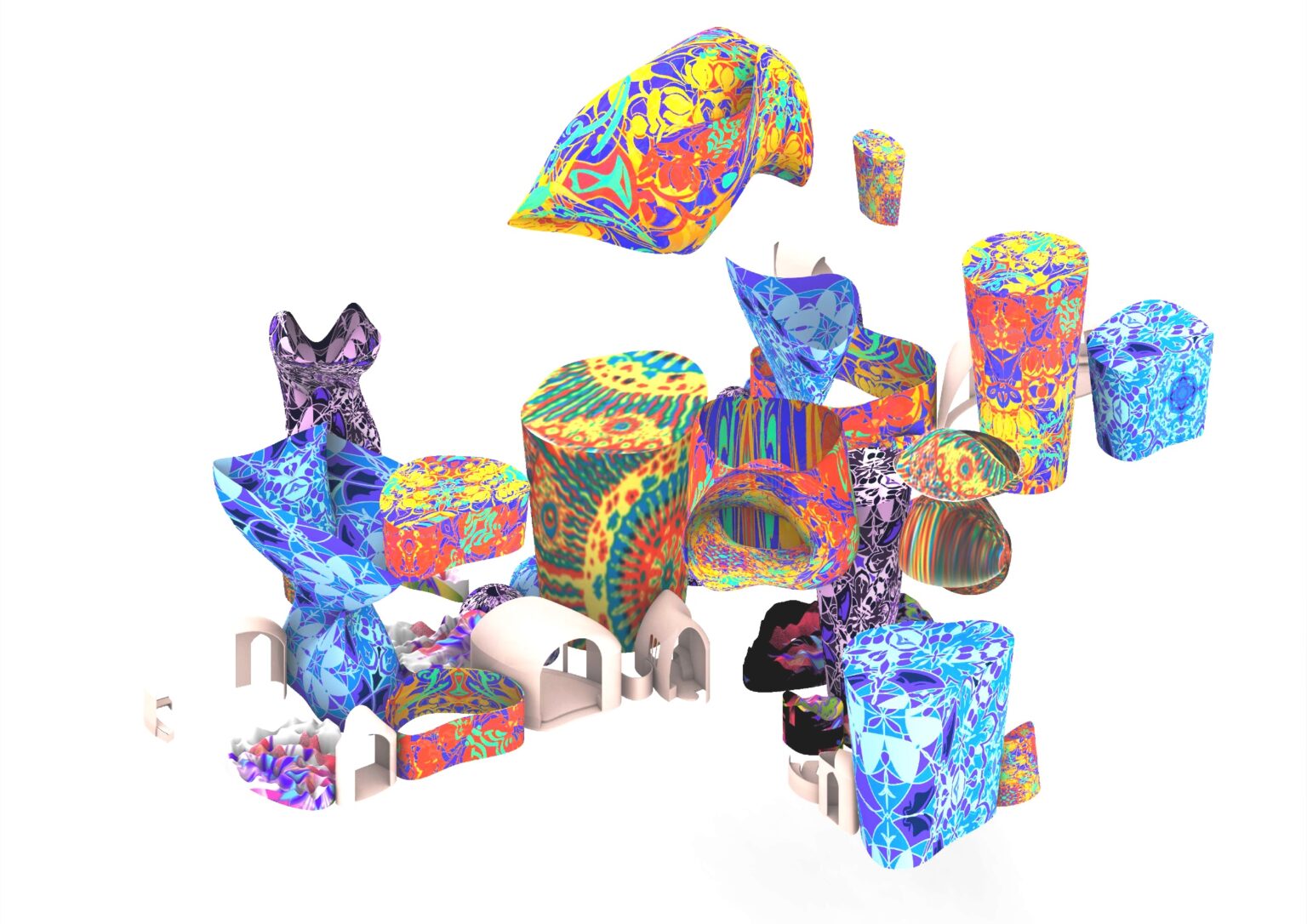Xinran Zhao
The Cocoon of Non-place
I have always believed that the birth of a space is related to people’s needs and activities, and people’s activities and thinking need corresponding spaces. Thinking about shrinking public space and growing social media network platforms inspired my research question: What is the connection between the real world and social media networks? How can this be represented in the way of interior design?
First I investigated some social media related issues. I chose to target the phenomenon of “information cocoons” in social media. (“Information cocoon room” is because the algorithm of the social media platform will recommend different information for each user according to the user’s personal choice and big data user portrait, and the source of the user’s acceptance of information is limited. It may cause people to only I can receive news that I am interested in or a point of view that is consistent with myself.) I try to describe this phenomenon in reality as objectively as possible using interior design. Try to create a space to abstractly express social media platforms in reality. Use this to push people to have the same comfortable communication space in real life as they do on social media.
So I started looking for connections between the real world and the online world. For example, street performances can be uploaded to video sites for viewing. I learned about a kind of space called non-places, that is, there is no specific function, and it only assumes the type of space that only exists, such as passage. I think the definition of this space can also be found on social media, which is the home page of the social app. Users can choose which space to enter according to the cover, so I chose the real non-places at the crossroads of this commercial pedestrian street as my site. At the same time, I decided to use a modular design and divide the space into small units for design.

case study

how TO DESIGN THE PLAN

HOW I DESIGN THE STRUCTURE















